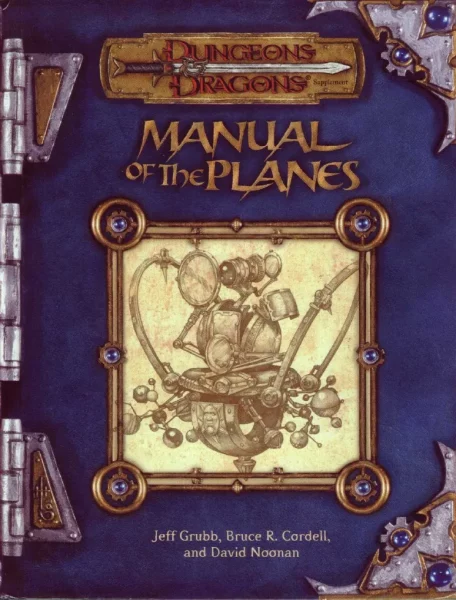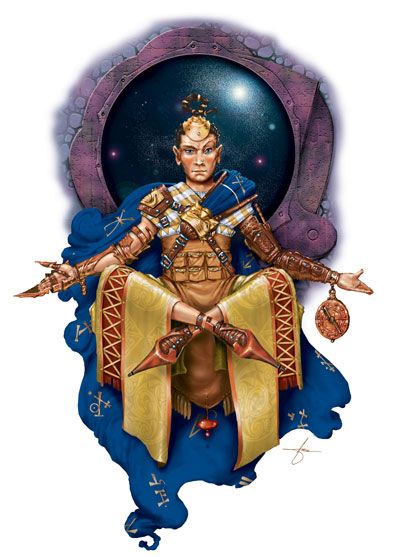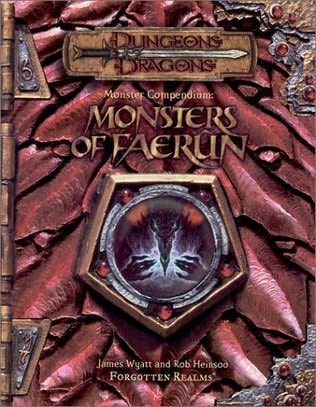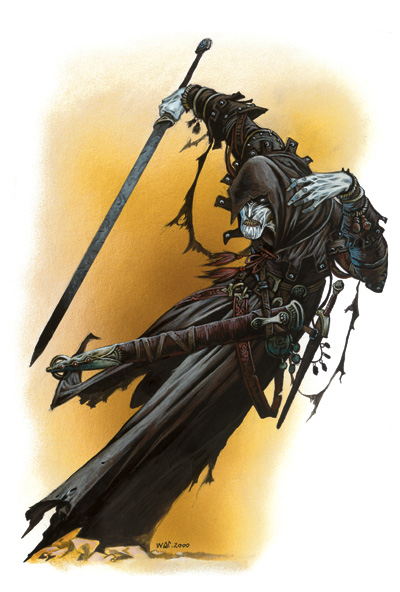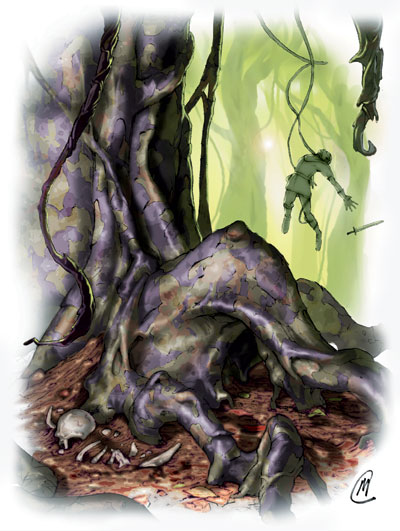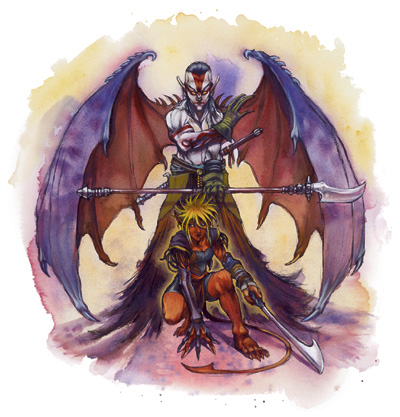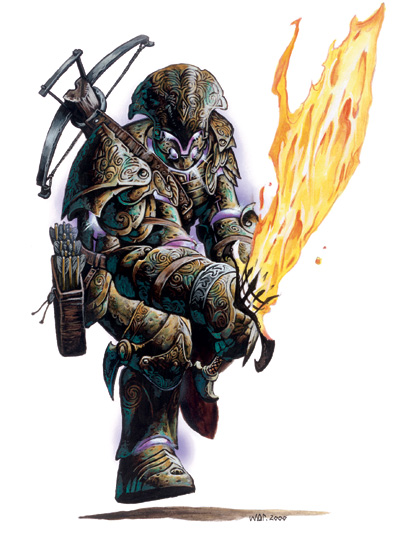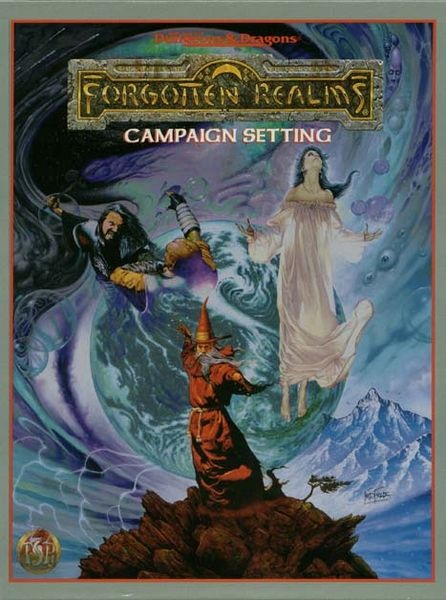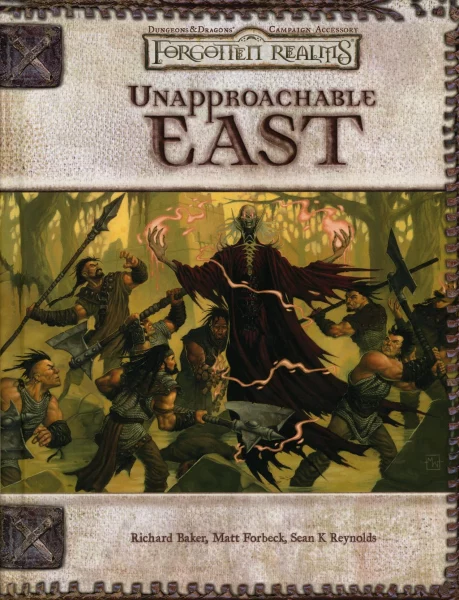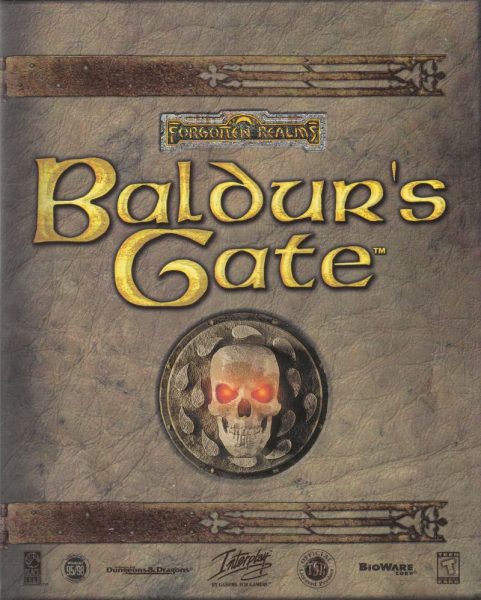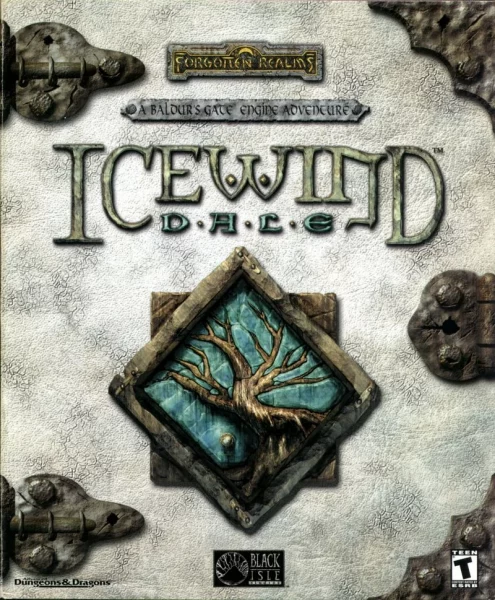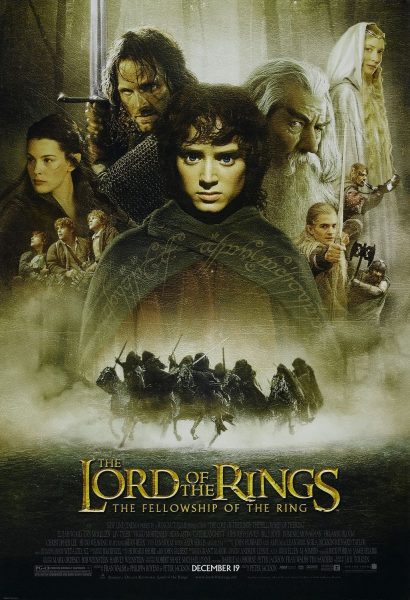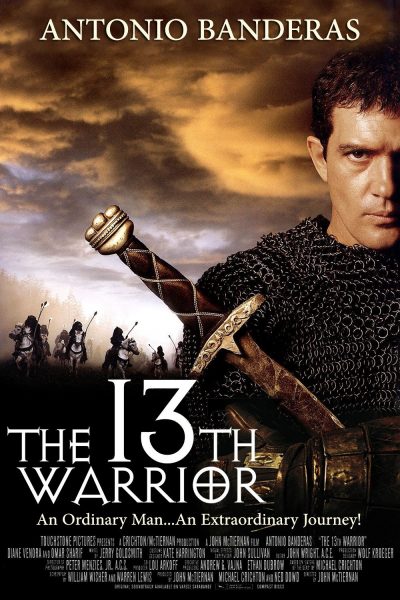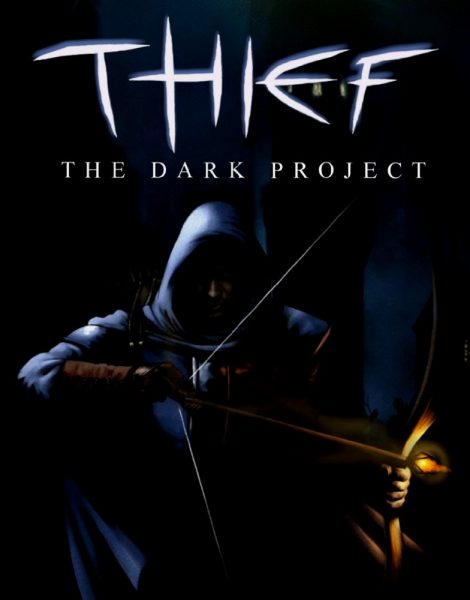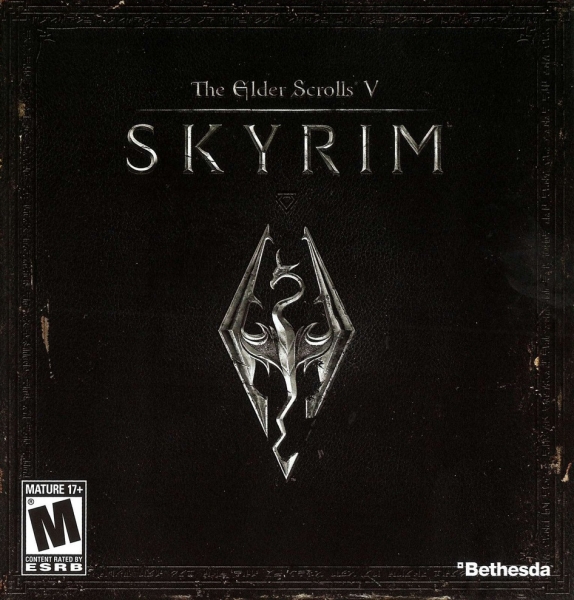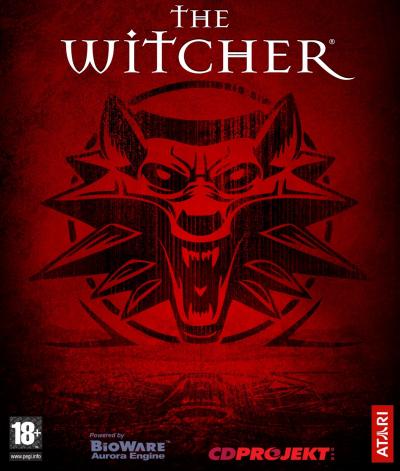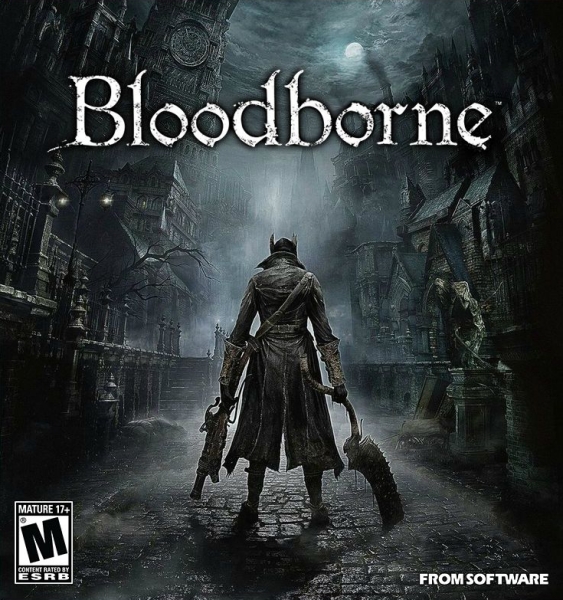 Working on my Ruins of the Shattered Empire campaign, I was thinking again about Kenshi, a wonderfully weird sandbox indy game set in a desolate post-apocalyptic wasteland full of bandits, robot skeletons, ancient vaults, ninja, cultists, crashed satellites, insect men, random orbital lasers from the sky, and flesh eating giraffes. The game has no story. You just start somewhere in the desert, with nothing but the shirt on your back – if your character is one of the lucky ones – and your only goal is to survive by getting something to eat and avoid getting eaten yourself. Unless your character is one of the mentioned robot skeletons. It’s a wonderfully odd game that feels like something that would have been made in the early 80s if the technology had existed back then. People who like things like Veins of the Earth or Ultraviolet Grasslands will probably appreciate the style. There are various bare bones NPCs around the game world that ask to join your team or can be permanently hired for a one time payment. The desert is full of hungry beasts and nasty bandits, and while it certainly is possible to play the game as a lone wanderer, a very attractive option that opens up very early on is to build a small base with a wall that protects your people while mining ore to sell in a town or working on a patch of dirt to grow your own food. You still keep getting attacked by raiders who’ll easily break down your gates after a minute or two and loot your little storage shed, and so you can easily find yourself in an endless cycle of expanding your base to provide more food and income to expand your group with additional warriors, so that you can expand even bigger to add your own workshops to make your own weapons and armor instead of having to buy them. It’s often compared to Dwarf Fortress and Rimworld, with it’s own special type of weirdness and hilarity.
Working on my Ruins of the Shattered Empire campaign, I was thinking again about Kenshi, a wonderfully weird sandbox indy game set in a desolate post-apocalyptic wasteland full of bandits, robot skeletons, ancient vaults, ninja, cultists, crashed satellites, insect men, random orbital lasers from the sky, and flesh eating giraffes. The game has no story. You just start somewhere in the desert, with nothing but the shirt on your back – if your character is one of the lucky ones – and your only goal is to survive by getting something to eat and avoid getting eaten yourself. Unless your character is one of the mentioned robot skeletons. It’s a wonderfully odd game that feels like something that would have been made in the early 80s if the technology had existed back then. People who like things like Veins of the Earth or Ultraviolet Grasslands will probably appreciate the style. There are various bare bones NPCs around the game world that ask to join your team or can be permanently hired for a one time payment. The desert is full of hungry beasts and nasty bandits, and while it certainly is possible to play the game as a lone wanderer, a very attractive option that opens up very early on is to build a small base with a wall that protects your people while mining ore to sell in a town or working on a patch of dirt to grow your own food. You still keep getting attacked by raiders who’ll easily break down your gates after a minute or two and loot your little storage shed, and so you can easily find yourself in an endless cycle of expanding your base to provide more food and income to expand your group with additional warriors, so that you can expand even bigger to add your own workshops to make your own weapons and armor instead of having to buy them. It’s often compared to Dwarf Fortress and Rimworld, with it’s own special type of weirdness and hilarity.
In addition to building materials, you also need to first research construction plans for new buildings and equipment, and for that you need books of ancient knowledge. A few of which can occasionally be found in stores for a hefty price, but the more rare ones require you to go explore ancient ruins in increasingly more dangerous parts of the massive wastelands. And setting out on an expedition to find and explore these ruins always reminds me of good old D&D wilderness adventures. The ruins themselves are all pretty small, so I wouldn’t call looting them dungeon crawling, but getting your group of scavengers to those places and hauling back your loot to your far away base is just like wilderness adventures should be.
I’m also now remembering how I always found the use of NPCs as part of PC’s “gear” in Apocalypse World a really cool approach, and how they can be used as really nice adventure hooks, but I don’t want to go onto another tangent and actually get to the point.
Base building in Kenshi is in many ways an economy sim in which you figure out how to assign your characters to different jobs, optimize workflows, manage your resources, and invest your profits into new technologies and expanding your operations. It’s a lot of fun on a computer that takes care of all the math, and you spend hours upon hours on it by yourself. It’s not something that translates to playing a roleplaying game as a group. All the stronghold building rules for RPGs I’ve come across so far fail because of this. But the aspects of defending your stronghold against raiders and having to go out into the dangerous wilderness to gain resources you need to maintain and expand your base are also endlessly exciting, and those activities are the daily bread and butter of D&D adventurers.
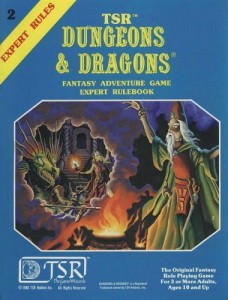 I am really intrigued by the idea of giving the players the tools to take over any abandoned or cleared out ruin, fixing it up and fortifying it, and using it as their main base of operations while they are exploring the surrounding wilderness. And after some pondering on the subject, I believe the best way to approach this is not to start with any mechanics for upgrading a base or price lists for various expansions, but first figuring out what kinds of functions the stronghold should play in a game that is still fundamentally about going into dungeons to find treasure. This really is just throwing around some ideas and sorting out my own thoughts on this.
I am really intrigued by the idea of giving the players the tools to take over any abandoned or cleared out ruin, fixing it up and fortifying it, and using it as their main base of operations while they are exploring the surrounding wilderness. And after some pondering on the subject, I believe the best way to approach this is not to start with any mechanics for upgrading a base or price lists for various expansions, but first figuring out what kinds of functions the stronghold should play in a game that is still fundamentally about going into dungeons to find treasure. This really is just throwing around some ideas and sorting out my own thoughts on this.
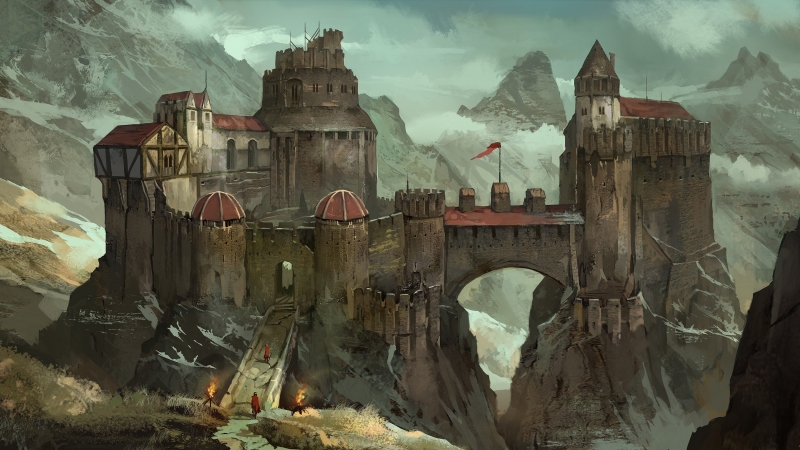 What a Stronghold should be for
What a Stronghold should be for
Safe Resting Place: This really is the primary function of a stronghold in the wilderness for adventurers. A stronghold provides a place where the party can rest and recover from their ordeals without having to make wandering monster checks. I plan to run the campaign without clerics, so healing either takes a good amount of time to recover naturally, or use up healing potions that are valuable and can not be infinitely replaced. This should make a place where the PCs don’t have to worry about monster attacks.
Treasure Vault: If the players have their stronghold guarded by mercenaries while they are out of adventures, I would consider storing their new treasures in their vault as having “returned with treasure from the wilderness”. Since they are also no longer under constant threat of being attacked, that means they have completed their adventure and can get the XP that their loot is worth.
Supply Depot: In addition to storing treasure at the stronghold, the players can also store supplies of food, water, ammunition, lamp oil, and tools. The stronghold might even have its own well or cistern to provide an endless supply of water. Using their base as a supply depot means that the players don’t have to carry as much supplies to get to the dungeon and back, and if they should be running low while in the dungeon, a resupply trip to their stronghold would be considerably shorter than returning all the way to the nearest town. Of course, they first need to get the supplies from the town to the stronghold, which can be a small side adventure in itself.
Necessity of Hirelings: I love hirelings as a game element, and really want to see wilderness adventures turning into large expeditions of a dozen people or more. Having just four or five PCs as the whole party is nice for a lot of campaigns, but I think wilderness exploration campaigns should be at a much larger scale. Wilderness exploration is more than having one outdoor combat encounter between the town and the dungeon entrance. That’s the kind of game the Expert rules are for. Having a stronghold full of supplies and treasures means the players need someone to guard all of it while they are away. And they probably don’t want to leave some mercenaries they picked up in a tavern alone with all their money for days on end on a regular basis, so they should also have some trusted retainers to leave in charge while they are gone. With a more permanent base, you also probably will want to have additional servant staff to cook and make repairs, tend to the animals, and you can see how this can escalate very quickly.
Money Drain: One thing that lots of people have been thinking about a lot for a very long time is what players should be doing with all the money they make on their adventures. Especially in a campaign where XP are gained from finding treasure to mechanically support the PCs’ endless hunger for more gold, the whole thing becomes increasingly less believable if the characters are already drowning in more gold than they know what to do with. Conan is always up for an opportunity to steal some gold because he’s constantly broke. In such stories, the heroes spend their loot on wenches and ale, but enjoyment of luxuries is not something that you can really get across through the mechanics of a game. Players saying that their characters go on a massive tavern crawl after an adventure is maybe fun once or twice, but stops feeling rewarding after that. A stronghold is a great way to drain the coffers of the PCs. Every expansion or upgrade to their base costs money, and all the guards and staff need to be constantly paid for. The wages are pretty cheap, but if you include proper tracking of time (without a meaningful campaign is impossible, as you know) then all the time that the PCs are spending in the wilderness while searching for ruins, days spend healing from injuries, weeks spend learning new spells and creating potions, and whole months stuck inside waiting for the end of winter, this all adds up.
Merchant Access: This is related to the aspect of Supply Depots above. Once the players have established their stronghold and have to make regular runs to the next town for considerable amounts of supplies (all those hirelings need to eat), they can become important enough customers for traveling merchants to make detours to sell their goods to the PCs. Maybe not with whole wagons, but at least with a handful of mules. In addition to regular supplies, such merchants can have a number of special items for sale that the players might be interested in, like potions or maps, and also provide the players with new rumors when they are away from civilization for long.
Trouble with the Neighbors: Even with solid fortifications and mercenary guards, the treasures and supplies inside a strongholds will attract all kinds of people and creatures. Some might be out to raid the place, while others might simply not appreciate newcomers in their territory. The possibilities for adventures beyond the default treasure hunting are endless, without the typical situation of sending the players to chase after prepared adventures. Pacifying the surroundings is a good way to let the players be proactive and deal with situations in whatever ways they come up with, without giving them a villain with a plan they have to stop before it is too late.
What a Stronghold should not be for
Economy Sim: As I mentioned earlier, managing your resources and working out production systems can be a lot of fun if you’re playing by yourself on a computer, but just isn’t something that works as a roleplaying game. Adding a smithy to your stronghold or constructing a wind powered water pump for your well can be fun and exciting, but I think it really shouldn’t turn into a resource management game.
Generating Income: In Kenshi, I started my first base as a small mining camp to simply mine ore, smelt it into metal plates, and sell them in the next town to make money with which I would buy anything else I need, such as food and medicine. Getting your stronghold self-sufficient and even profitable is a fun idea, but that would go directly against the overall premise of the campaign and one of the main purposes for having a base. The upkeep costs for having the stronghold is meant to provide the financial pressure to keep the PCs going into dungeon to search for more treasure. The strongold being a source of money instead of a giant money sink would work completely opposite to that. While being landowners with servants working for them can be a fun idea for some roleplaying games, it just doesn’t fit here.
Seat of Government: Related to the point above, becoming the biggest dog on a stretch of the frontier and clearing the surrounding land for settlement can be a great motivation for characters. But once you get into that kind of stuff, there’s not going to be much room or time for continuing to go dungeon crawling. You could still go into underground places to fight the enemies of your domain, but then you end up with a completely different type of gameplay from sneaking around in the dark to steal treasure without alerting the inhabitants.
This as a broad overview of where my thought are on this subject at the moment. We’ll see if I’ll get around to put further work into this and develop it into some kind of system with established mechanics and procedures.


